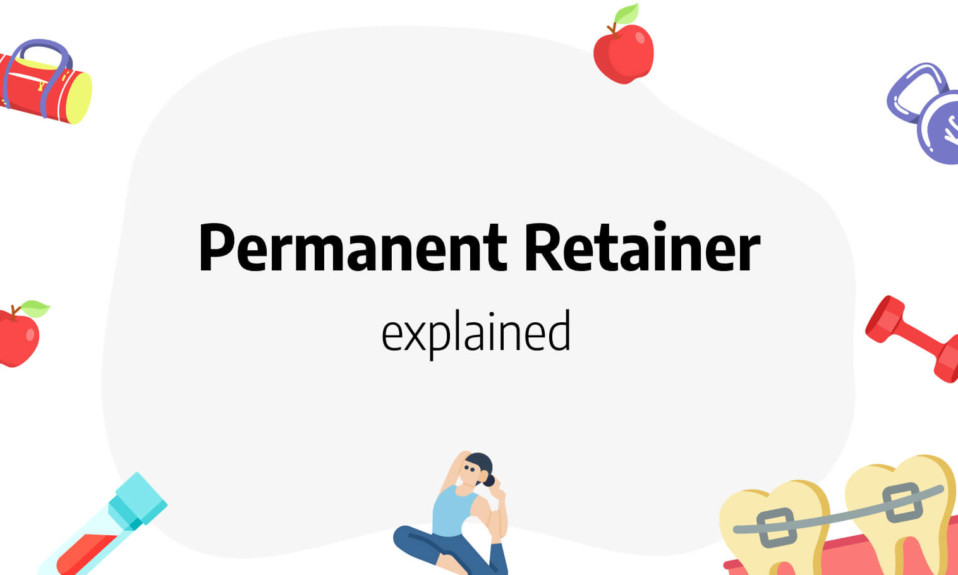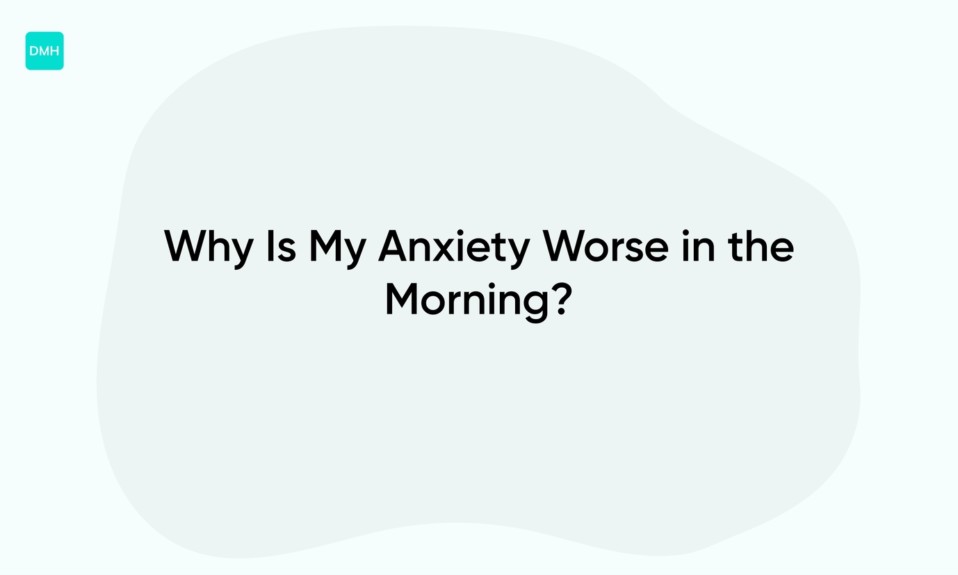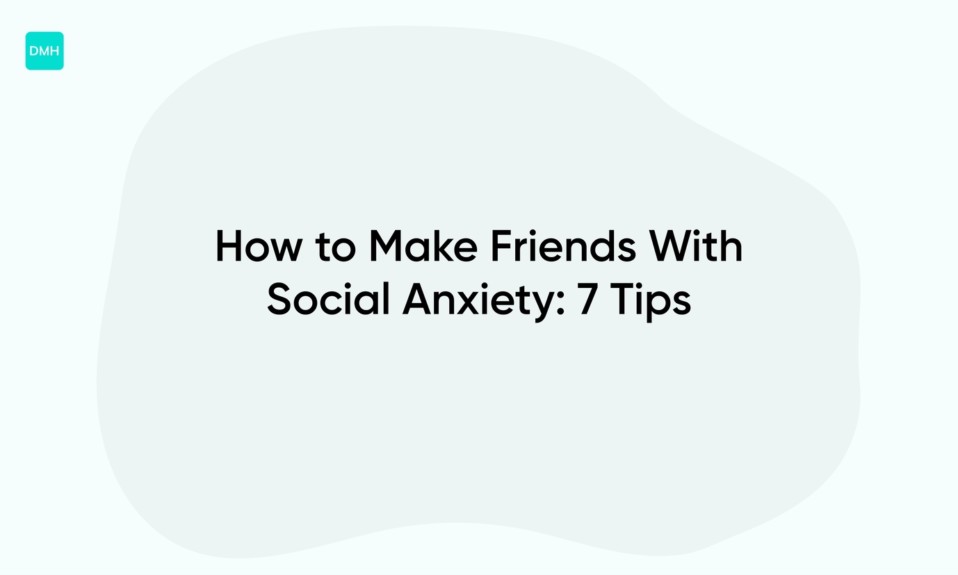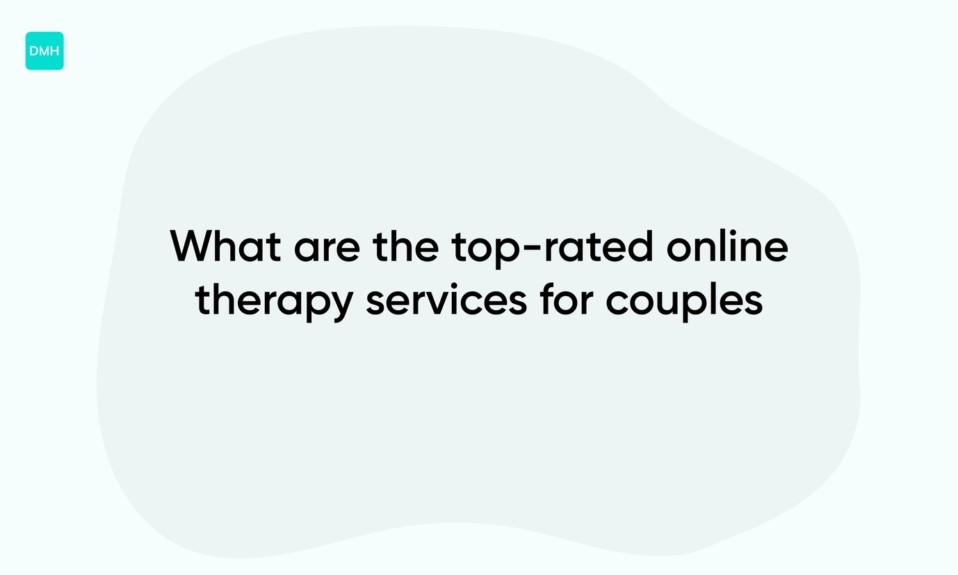What is a permanent retainer?
A permanent retainer, also called fixed retainer, consists of wires that are bonded to the inside of the teeth.
More precisely, it is a thin metal alloy wire, placed on the side of the tongue and which generally goes from one canine to another (but it is not always the case).
It is therefore invisible and does not interfere with chewing, swallowing or phonation.
Wires are frequently used to hold lower teeth in place and have the advantage of being worn indefinitely if dental hygiene is impeccable.
Why should I wear a permanent retainer?
After any orthodontic treatment, it is necessary to fix the results obtained to prevent the teeth from shifting again.
Indeed, after wearing braces, whether they are traditional braces, lingual braces or even clear aligners, the risk of recurrence is significant due to several factors such as:
- The presence of tics such as poor tongue placement or nail biting habits
- Aging, which can lead to tooth mobility
- Certain periodontal diseases leading to weakening of the periodontium
- Tooth loss that leads to tooth movement
- The appearance of wisdom teeth
- Jaw growth in children and adolescents
- Dental accidents and trauma
Retention is an essential period of time to maintain the corrections obtained during active orthodontic treatment.
Permanent retainer vs removable
Unlike braces used in active orthodontic treatment, retainers are passive appliances.
They cannot move the teeth but are intended to maintain the corrections obtained during the active treatment phase.
There are different types of retainers that can be classified into two categories: fixed or permanent retainers and removable retainers.
There are two types of retainers: permanent and removable.
Removable retainers can be taken off by the patient for meals and brushing.
Fixed retainers are permanently bonded to the teeth and should only be removed by your orthodontist.
Permanent retainer pros and cons
There are several pros and cons when it comes to permanent retainers.
Permanent retainer pros
One of the most important pros of a permanent retainer is that the device is totally invisible. This is a very good point since you might wear your retainer for a long period.
Another pro is the cost, usually, permanent retainers are cheaper than removable retainers over time since you can’t lose it.
The last advantage of a permanent retainer is the fact that there is (almost) no maintenance.
Permanent retainer cons
While wearing a permanent retainer is a great choice, it comes with its disadvantages also.
- Your teeth are more complicated to clean on a daily basis.
- A permanent retainer is tough to replace and you might need to change it over time since it degrades.
- Since it is harder to clean, you might have more bacteria inside your month.
How much does a permanent retainer cost?
The price of braces is set freely by dentists and obviously depends on the type of brace used, but it can be estimated that the first year of braces costs between $100 to $500, the second year being generally a little cheaper.
Can you feel a permanent retainer?
A few days to get used to it are necessary, nevertheless, it is an ultra-thin device that does not cause any pain or discomfort.
It has the advantage of making the retention phase quite pleasant, because once the tongue is used to this new sensation, you resume your routine without worrying about the device; it is totally integrated in your mouth.
How long do you wear a permanent retainer?
The duration of the retention phase depends primarily on the age of the patient:
- In children and young patients, retention usually lasts for one year after the braces are removed, but some cases may require longer retention (up to 2 years).
- In adults, once bone growth is complete, it is recommended that braces be worn permanently.
In all cases, the orthodontist is in the best position to advise the patient on the length of the retention period.
Oral hygiene and permanent retainer
As with orthodontic treatment, it is important to maintain good oral hygiene during the entire retention period to avoid plaque build-up and cavities, especially between the retainer and the tooth.
Daily brushing of the teeth is therefore indicated, as well as daily cleaning of the removable braces.
In the case of fixed restorations (except Smilers® Fix), the use of:
- Interdental brushes
- Dental floss
- Toothpick
In the case of removable restorations, the problem does not arise and you can use these types of hygiene instruments without any problem.
Finally, don’t forget to visit your dentist regularly to check for cavities and also to make sure that your retainer is in good condition. If your appliance is broken or in the way, talk to your specialist about a replacement, otherwise your teeth may move again.
What should you do if you break your permanent retainer?
Sometimes, for various reasons, the wire breaks.
This is not a problem if it is noticed quickly, since the wire is only there to maintain the work that has already been done during the orthodontic treatment.
However, this situation must not be prolonged, since it could lead to changes in the dentition and a return to previous anomalies.
It is important to take care of the problem quickly and make an appointment with your orthodontist or dentist to have a wire put back in. This is a situation that, if treated promptly, would have no impact on the treatment.










